Love In The Desert: Burton & Taylor sizzled in ‘Cleopatra’
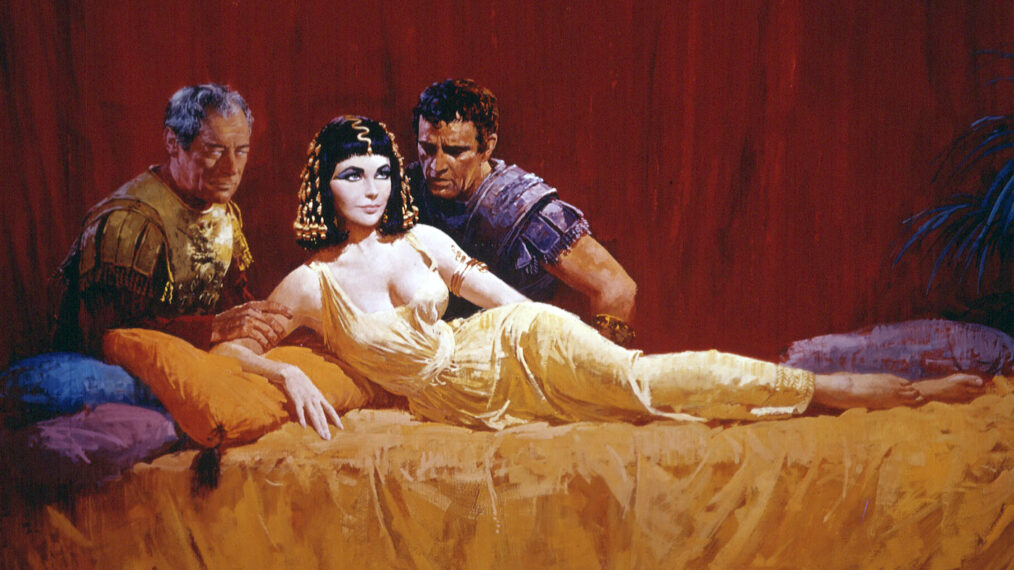
Empires clashed and dazzled in Cleopatra, 20th Century Fox’s sand-in-your-sandals boondoggle. Originally conceived as an “economical” epic with a $2 million budget, producer Walter Wanger had greater visions in mind. He hired art director John DeCuir (who had put the gleam in The King and I) and then went all out for star dazzle, campaigning for Elizabeth Taylor. Figuring it would help the box office, studio bosses agreed, but her contract was jaw-dropping for the time: For her salary, expenses and 10 percent of the film’s gross, she would earn $7 million. Cleopatra’s original budget withered like a lily in the desert.
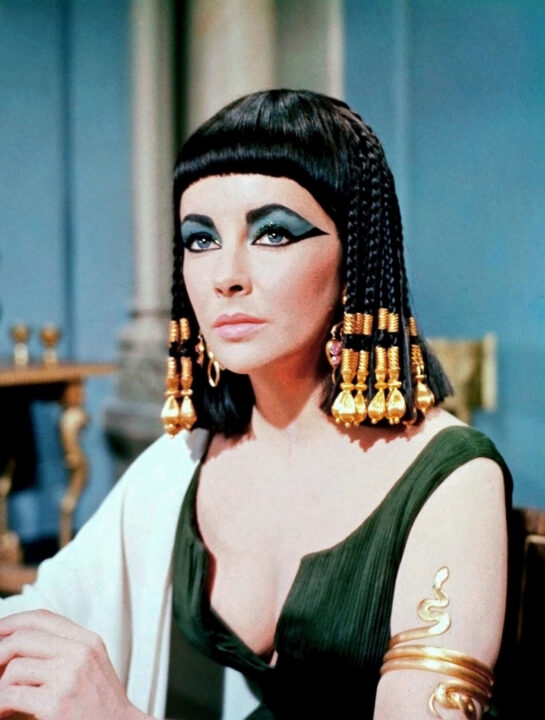
20th Century-Fox Film Corp./Everett Collection
Taking their cue, other costs spiraled out of sight. Locations changed (England then California then Italy); original director Rouben Mamoulian quit and was replaced by Joseph Mankiewicz (at a cost of $3 million); Taylor caught cold and nearly died, causing expensive shooting delays; Richard Burton, who had recently won a Tony playing King Arthur in Camelot, was brought in for $300,000. Sets were built at high overtime costs only to sit unused for months. Mankiewicz and his team of writers constantly rewrote a script that was frequently shot unedited the next day, resulting in miles of film on the cutting room floor.
Cleopatra tells story of an Egyptian queen (Taylor) attempting to protect her dynasty by first seducing then-Roman general Julius Caesar (Rex Harrison), pinning her dreams on his ambitions to become king of Rome. When Caesar is murdered before he can attain this, Cleopatra turns her attentions to Marc Antony (Burton), Caesar’s right-hand man now struggling for Roman power against the general Octavian (Roddy McDowall). Cleopatra and Marc Antony marry, but when Octavian turns the will of the Senate against Antony, it’s only time before the aspirations of Cleopatra and Marc Antony turn to desert sand.
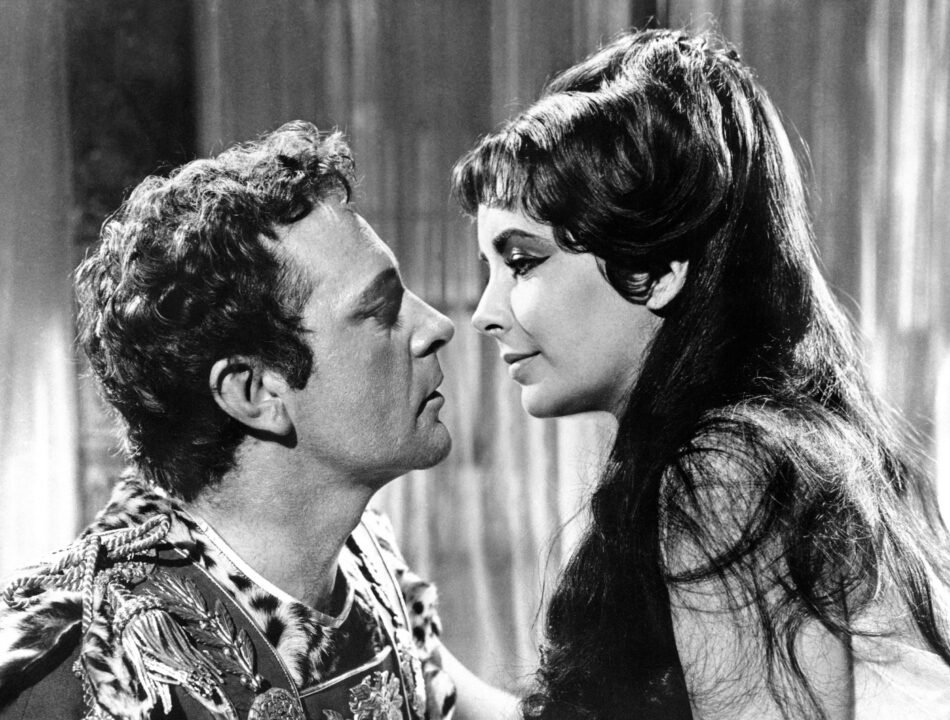
20th Century Fox Film Corp./Courtesy Everett Collection
Taylor and Burton didn’t take to each other much at first. Burton thought Taylor was just another starlet who couldn’t act; Taylor thought the Welsh actor uncouth and loud-mouthed. But something happened en route to their first scene together, because when the cameras rolled there was enough electricity between them to power up the pyramids. Their sizzling romance boiled over into their dressing rooms and became tabloid stardust — another weighty item on the production tab.
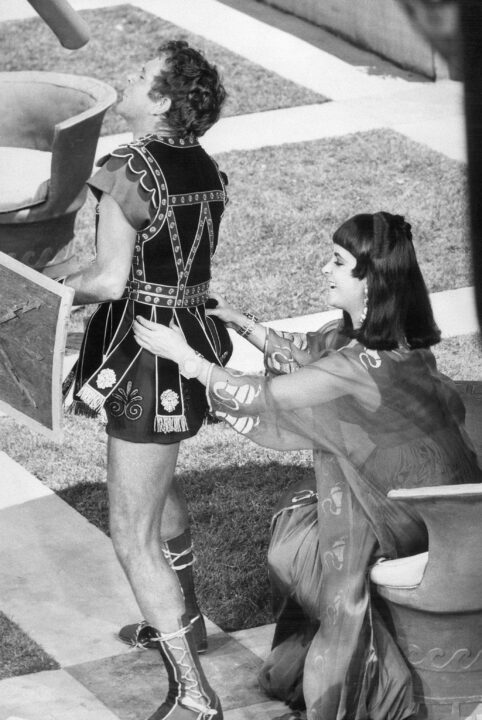
Getty Images
With the finished film more than six hours long, Mankiewicz wanted to release it in two installments. But the studio was having none of that, and the final product was cut to 222 minutes. With another $15 million spent on promotion, the final cost of the film ranged between $45 to $60 million — as much as 20 times the original budget. Cleopatra was one of the best performers at the box office in 1963, grossing $26 million. Somehow, Cleopatra managed to be both the year’s biggest success and wildest flop.
Cleopatra was nominated for nine Academy Awards, winning for its dazzle — cinematography, art direction, costume design and visual effects. For Richard Burton and Elizabeth Taylor, it was only the beginning. For the studio, Cleopatra was an Egyptian bridge too far.
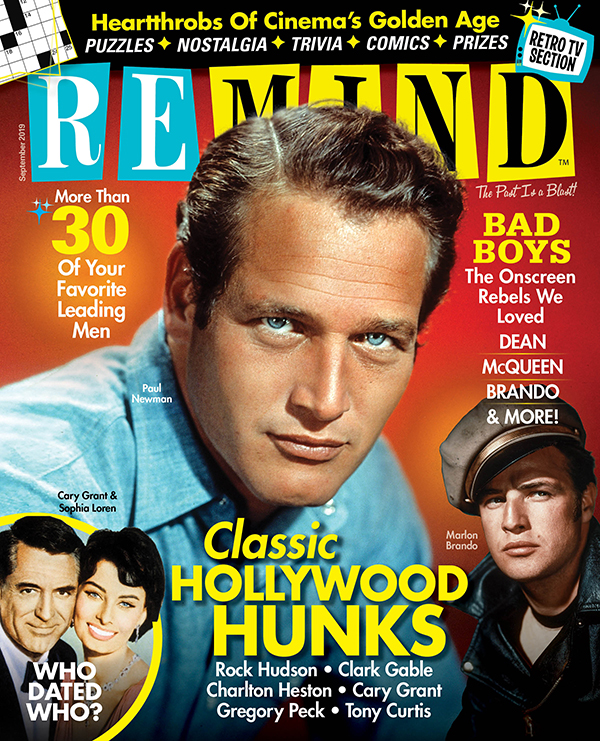
Classic Hollywood Hunks
September 2019
Cary Grant, Sean Connery, Rock Hudson and Paul Newman, smoldered onscreen and, in addition to being smokin’ hot, they were effortlessly cool.
Buy This Issue